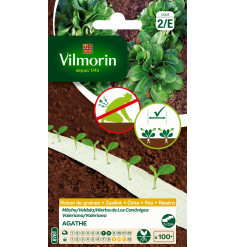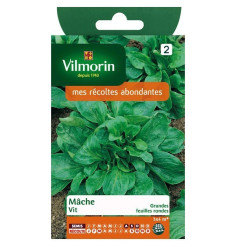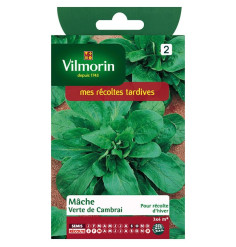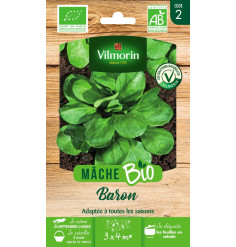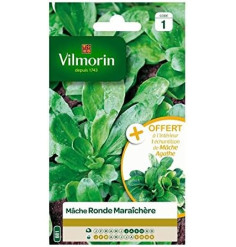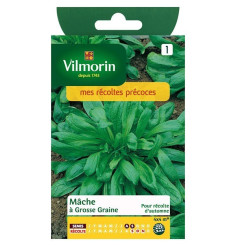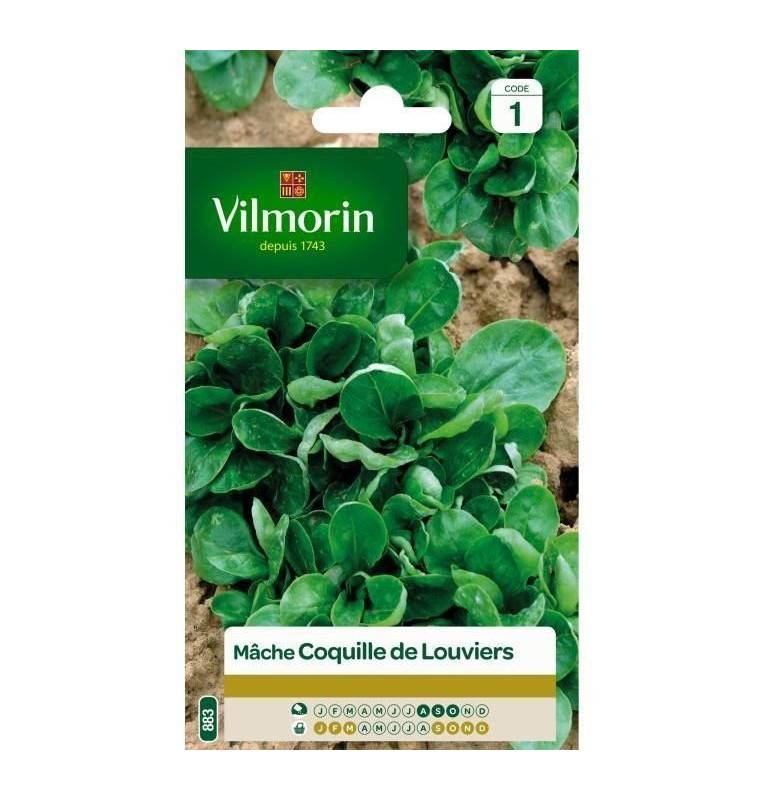

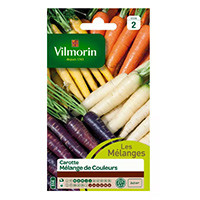
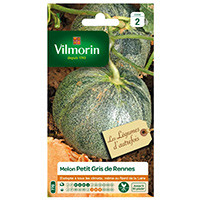
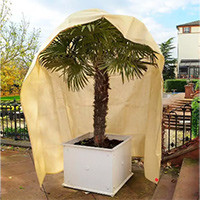
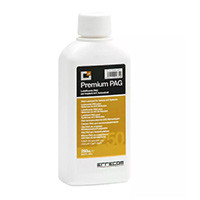
Early variety and very resistant to cold. Small, rounded, spoon-shaped leaves.
The mash is excellent eaten in salad.
Description:
Early variety and very resistant to cold. Small, rounded, spoon-shaped leaves.
The mash is excellent eaten in salad.
Culinary tip:
The mash is excellent eaten in salad.
Soil tip:
Mash is undemanding and tolerates all types of soil.
It only needs a cool soil and a slightly shady exposure.
Culture advice:
1. Sows: Sow in place from late July to October, on the fly or, preferably, in 20 cm distant lines.
2. Thinning: Clear if necessary. Protect the later seedlings through a (plastic) tunnel before the first frosts to prolong the harvest in the spring.
3. Harvest: Harvest from September to March.
Plants:
Mash likes the proximity of large plants (pear, celery, tomato, cabbage...) because it grows at ground level, in the shade of its tall neighbors.
The stages of sowing:




Early variety and very resistant to cold. Small, rounded, spoon-shaped leaves.
The mash is excellent eaten in salad.


